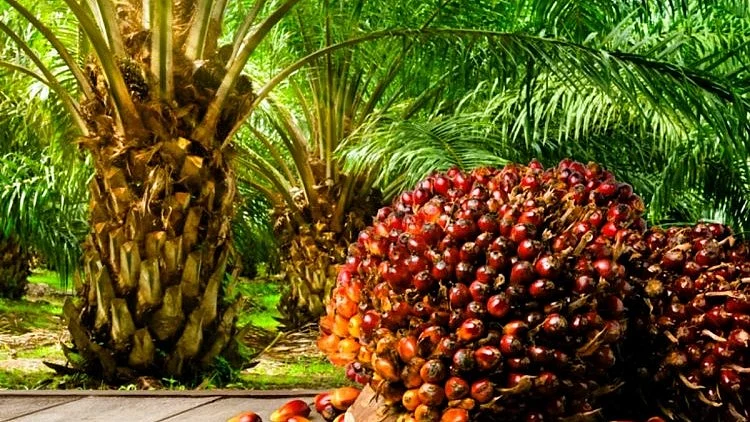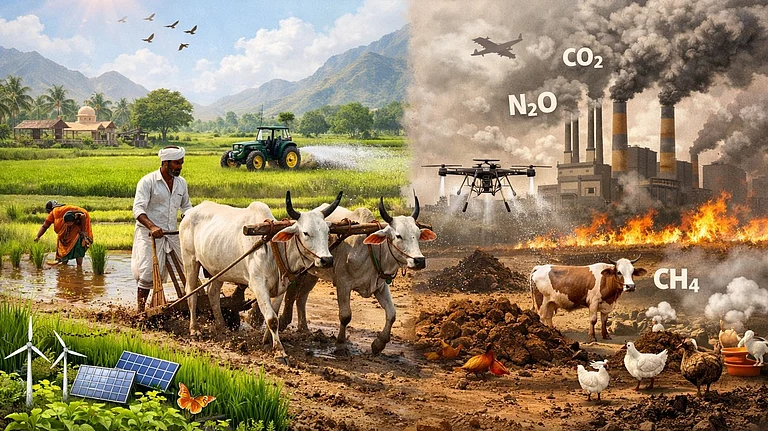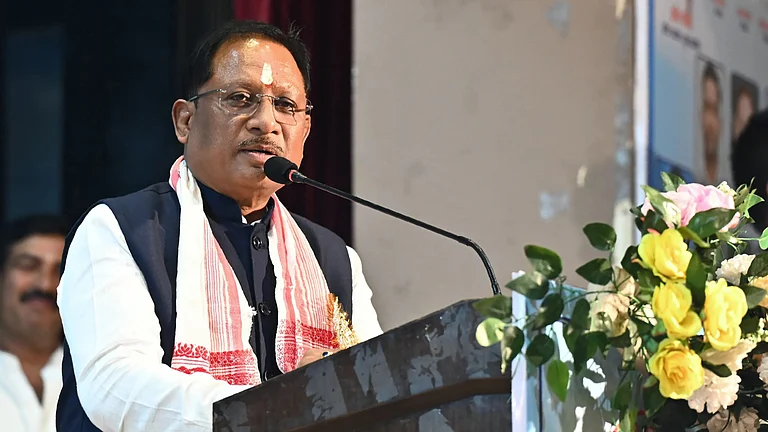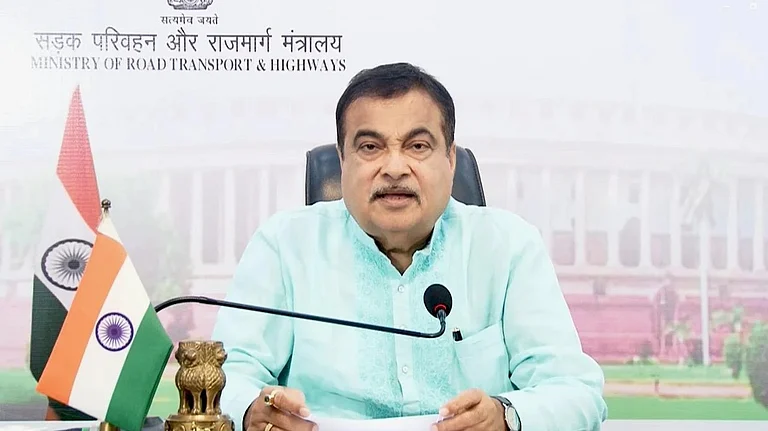Oil palm cultivation is fast becoming a reliable and sustainable source of income for farmers in Chhattisgarh, where the crop has been planted on more than 2,600 hectares of land in four years, a government official said on Sunday.
The Chhattisgarh government, in collaboration with the Centre, has been actively promoting the cultivation of oil palm and other horticultural crops to provide farmers with additional income opportunities, he said.
Under the National Mission on Oilseeds and Oil Palm, 2,689 hectares in the state have already been brought under oil palm cultivation in four years, a government statement said.
As per the statement, palm oil is one of the most widely used edible oils in products such as biscuits, chocolates, instant noodles, snacks, as well as in soaps, creams, detergents, and biofuels.
To encourage farmers, both the Central and state governments are providing grants, along with free training, it said.
Under the leadership of Chief Minister Vishnu Deo Sai and guidance of Agriculture Minister Ramvichar Netam, oil palm cultivation is being done and promoted in 17 districts, including Bastar (Jagdalpur), Kondagaon, Kanker, Sukma, Narayanpur, Bijapur, Dantewada, Mahasamund, Raigarh, Sarangarh-Bilaigarh, Janjgir-Champa, Durg, Bemetara, Jashpur, Surguja, Korba, and Bilaspur, the release said In the three years (2021-22, 2022-23 and 2023-24), 1,150 farmers have planted oil palm in over 1,600 hectares, and in 2024-25, 802 farmers have planted the crop over 1,089 hectares, it said.
Rajendra Mehar, a farmer from Chakradharpur village in Raigarh district, has planted 570 oil palm saplings on his 10-acre plot with the help of the horticulture department.
"My land was lying unused for years. After receiving technical guidance and learning about the benefits of oil palm cultivation, I decided to take it up," Mehar said.
Mahasamund district currently leads with 611 hectares under oil palm cultivation, the release said.
According to officials from the horticulture department, farmers receive 143 saplings per hectare, worth Rs 29,000, free of cost under the government scheme.
The total cost for planting, fencing, irrigation, maintenance, and intercrops is around Rs 4 lakh per hectare, with Rs 1 lakh each provided as grants from the Central and state governments. The rest can be financed through bank loans, the release said.
Apart from this, additional subsidies are available for farm maintenance, drip irrigation, intercrops, borewells, pump sets, water harvesting, vermicompost units, palm cutters, wire mesh, motorised chisels, chaff cutters, and tractor trolleys, it said.
Production begins in the third year and continues for 25-30 years, with yields increasing as plants mature. Farmers can expect 15-20 tonnes of fresh fruit bunches per hectare annually, generating Rs 2.5 lakh to Rs 3 lakh in yearly income, it said.
The spacing between oil palm plants allows farmers to grow vegetables or other intercrops in between, and subsidies are available for these as well, the release said.
Farmers cultivating other crops in over 2 hectares of land can receive an additional subsidy of Rs 50,000 for borewell installation, it said.
The Centre has arranged for contract companies to procure oil palm produce directly from farmers at the minimum support price (MSP), with payment made directly to their bank accounts, it said.
Oil palm cultivation covers 3.5 lakh hectares in the country, with the central government aiming to reduce the country's dependence on edible oil imports and increase farmers' incomes under the National Mission on Edible Oils.
The Ministry of Agriculture reported a 15 per cent increase in domestic palm oil production in 2024-25 and has set a target of reaching 28 lakh tonnes by 2029-30, it said.
The government has been focusing on states such as Telangana, Assam, Mizoram, Odisha, Andhra Pradesh, and Chhattisgarh, especially in tribal-dominated regions like Bastar and Dantewada, to create new avenues for income and employment, the release stated.






























